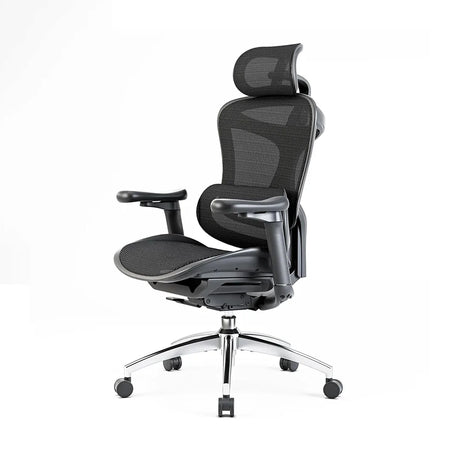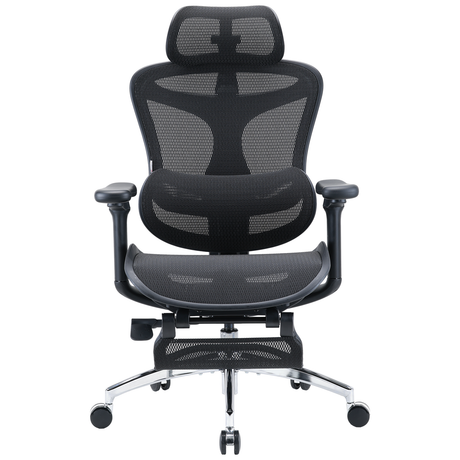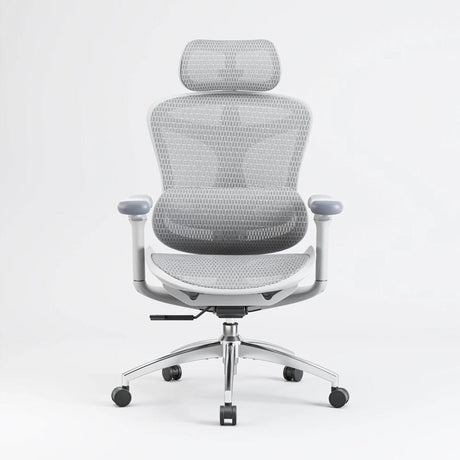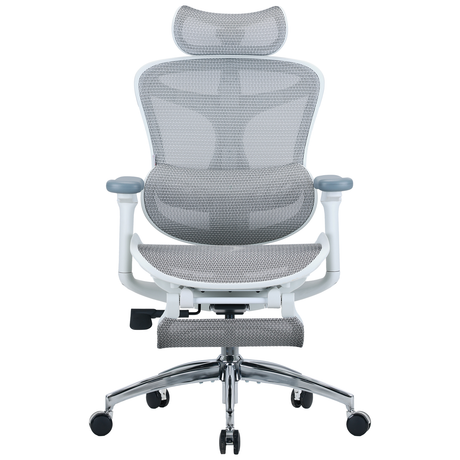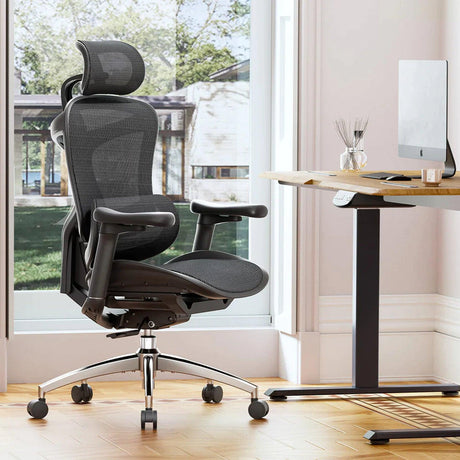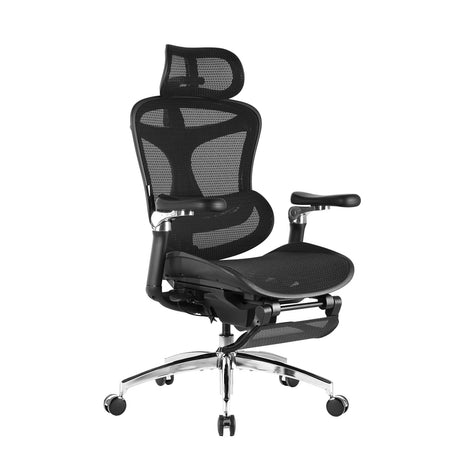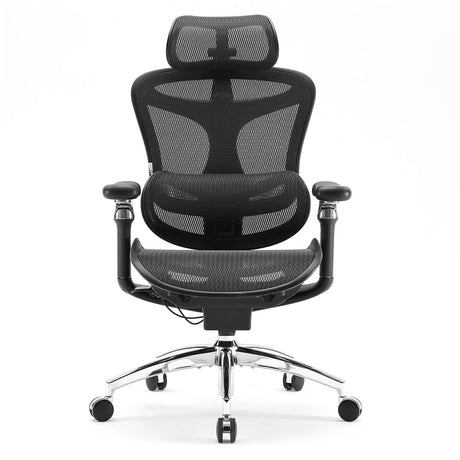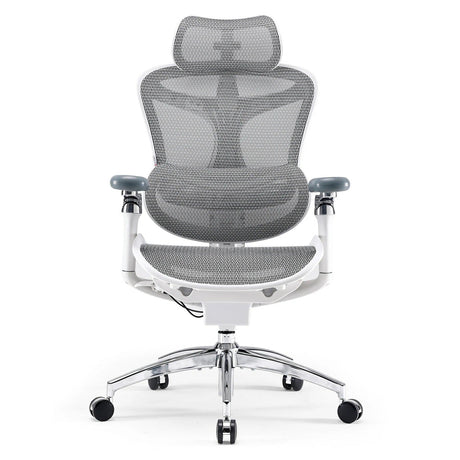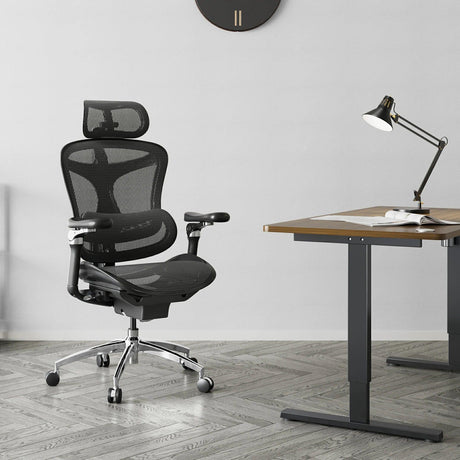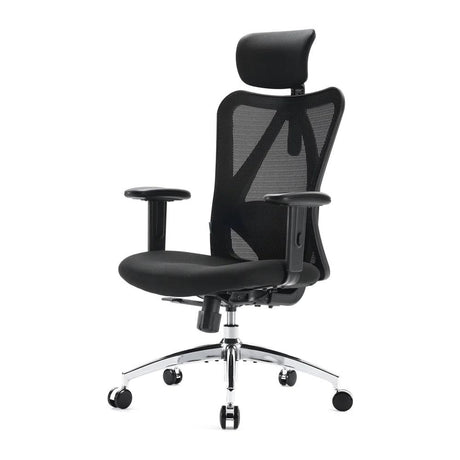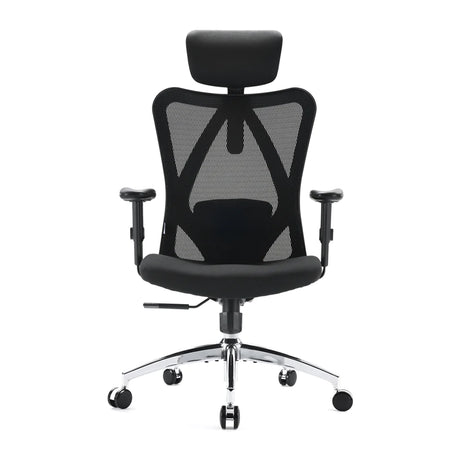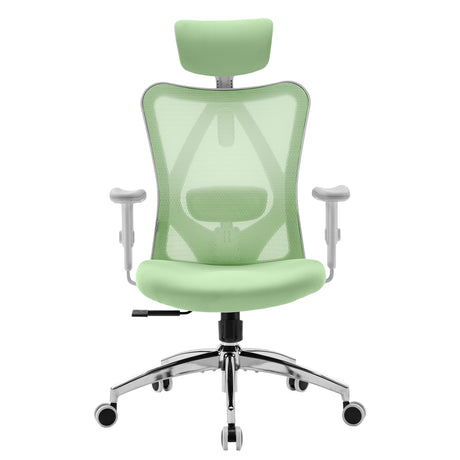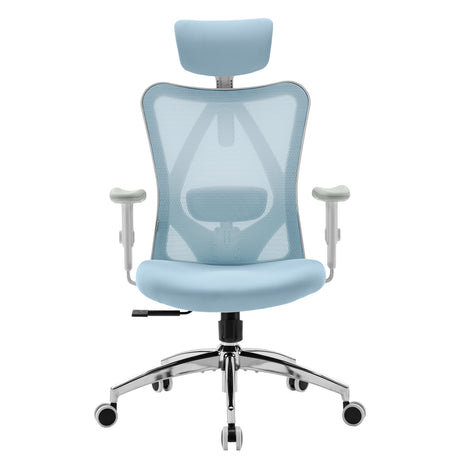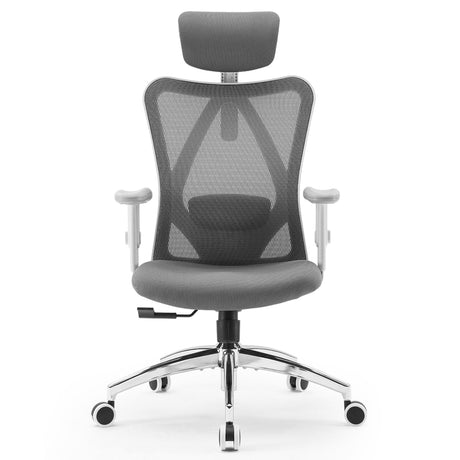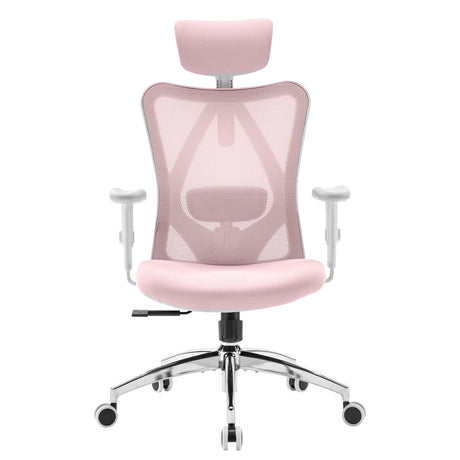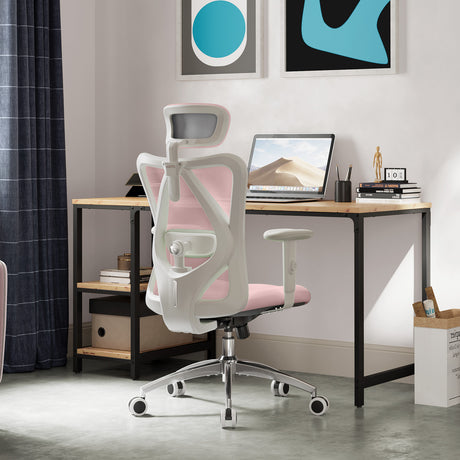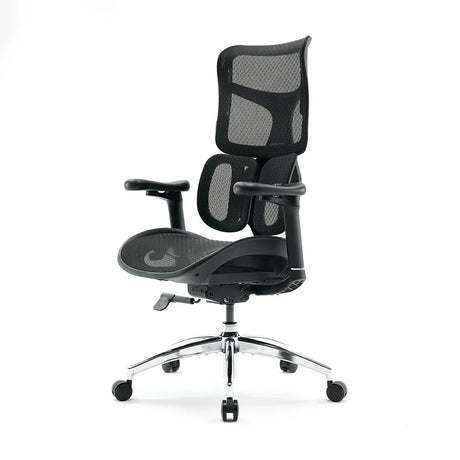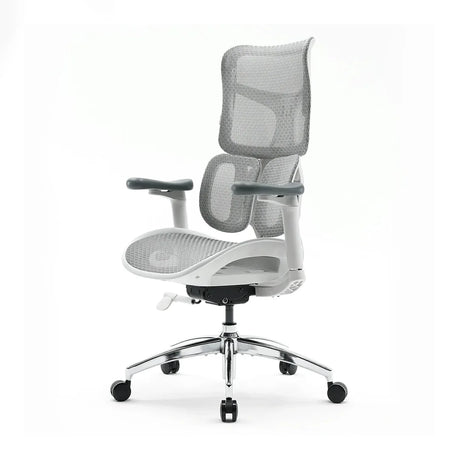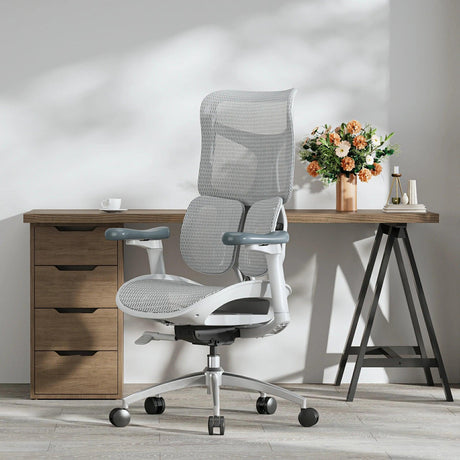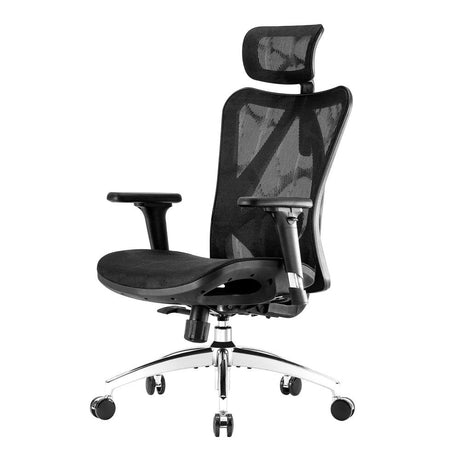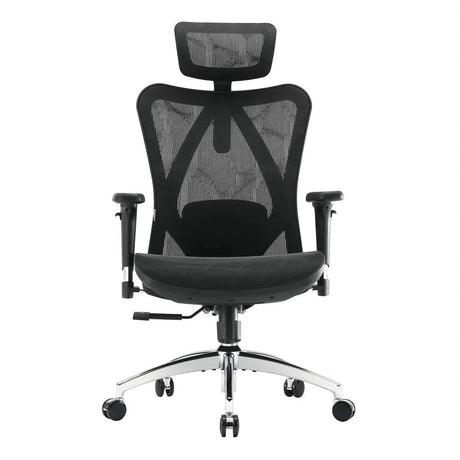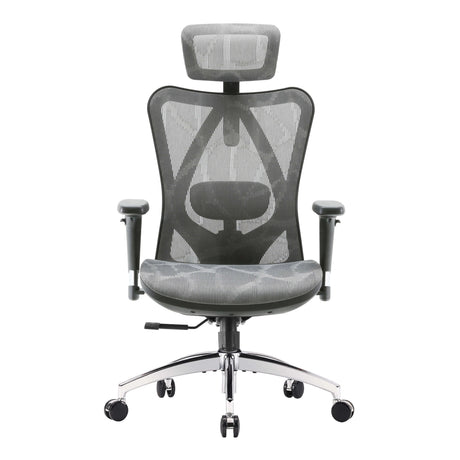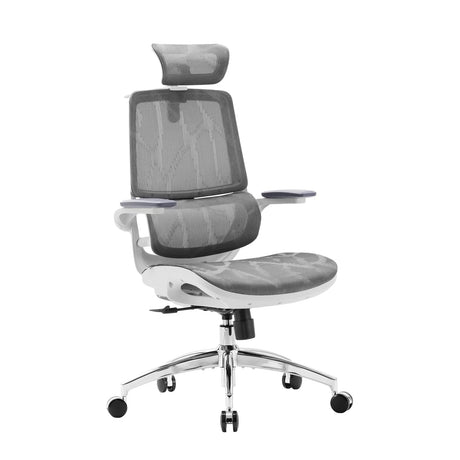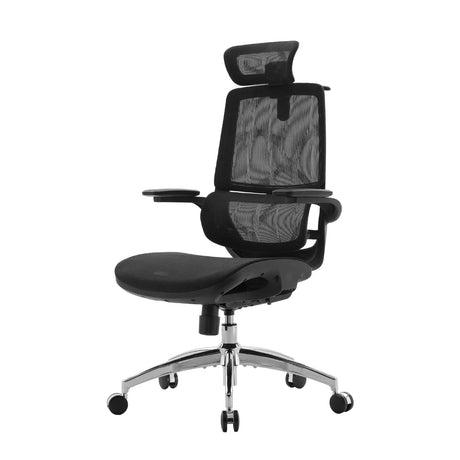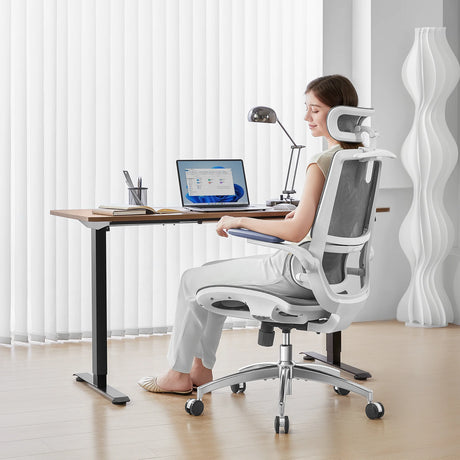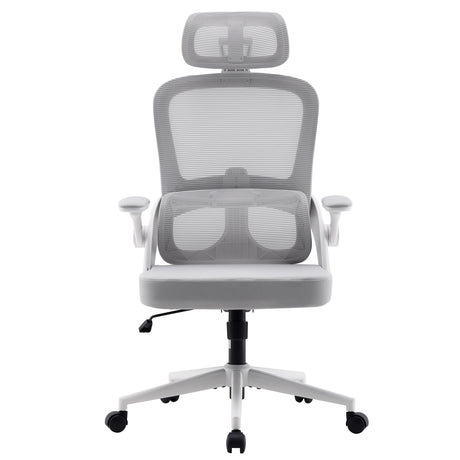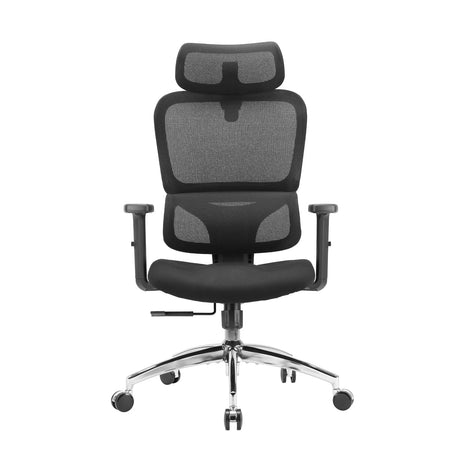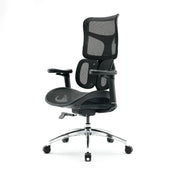The modern office environment has evolved dramatically in recent years, with an increasing emphasis on ergonomics, comfort, and productivity. One of the most debated topics in workplace ergonomics is whether sitting or standing is better for overall health and efficiency. Adjustable office chairs, particularly hybrid solutions like sit-stand chairs, have emerged as a middle ground. But do you really need an adjustable best office chair, or is a standard office chair sufficient? Let’s explore the benefits and drawbacks of each option and determine whether a hybrid solution is the best choice for you.
The Case for Sitting: Comfort and Support
Sitting has long been the standard position for desk jobs. A high-quality ergonomic office chair provides:
- Lumbar Support: Helps maintain spinal alignment and reduce back strain.
- Seat Depth and Cushioning: Ensures comfort over long periods.
- Adjustable Armrests and Recline Functions: Allows for natural posture shifts to reduce fatigue.
However, prolonged sitting has been linked to several health concerns, including poor circulation, increased risk of obesity, and musculoskeletal disorders. While ergonomic chairs improve posture and comfort, they cannot entirely eliminate the risks associated with excessive sitting.
The Case for Standing: Health Benefits and Increased Activity
Standing desks have gained popularity due to their numerous health benefits, including:
- Reduced Risk of Chronic Diseases: Studies suggest that standing more often can lower the risk of heart disease, diabetes, and obesity.
- Improved Posture: Encourages better spinal alignment and reduces the risk of slouching.
- Enhanced Energy and Productivity: Many users report feeling more alert and focused when alternating between sitting and standing.
However, standing for extended periods can also cause discomfort, including leg fatigue and lower back pain. Without proper support, prolonged standing can be just as harmful as prolonged sitting.
The Hybrid Solution: Sit-Stand Chairs
Sit-stand chairs, also known as perch stools or active chairs, are designed to complement height-adjustable desks. They offer a dynamic seating experience, allowing users to transition between sitting and standing seamlessly. Key benefits include:
- Encouraging Active Posture: These chairs promote engagement of core muscles, improving balance and reducing strain.
- Reduced Pressure on the Lower Back: By maintaining a half-seated, half-standing position, they help alleviate lower back stress.
- Increased Mobility: Users can move more freely and shift positions throughout the workday.
Some popular sit-stand chair models include ergonomic saddle stools, wobble stools, and leaning chairs, each catering to different needs and preferences.
Do You Need an Adjustable Office Chair?
The answer depends on your work habits, physical needs, and office setup. If you:
- Work long hours at a desk and require lumbar support, an ergonomic chair is a solid choice.
- Prefer standing but need occasional support, a sit-stand chair might be the best fit.
- Want ultimate flexibility, a combination of a height-adjustable desk with both a traditional chair and a sit-stand stool could provide the best ergonomic benefits.
Conclusion: Finding the Right Balance
Rather than viewing sitting and standing as opposing forces, the best approach is to find a balance between both. Adjustable office chairs and hybrid sit-stand solutions offer a way to enjoy the benefits of both postures without the downsides of excessive sitting or standing. Investing in the right chair—whether it’s ergonomic, adjustable, or a hybrid sit-stand model—can significantly impact your comfort, productivity, and long-term health.
So, do you really need an adjustable office chair? If you value flexibility, health, and comfort, the answer is a resounding yes!

